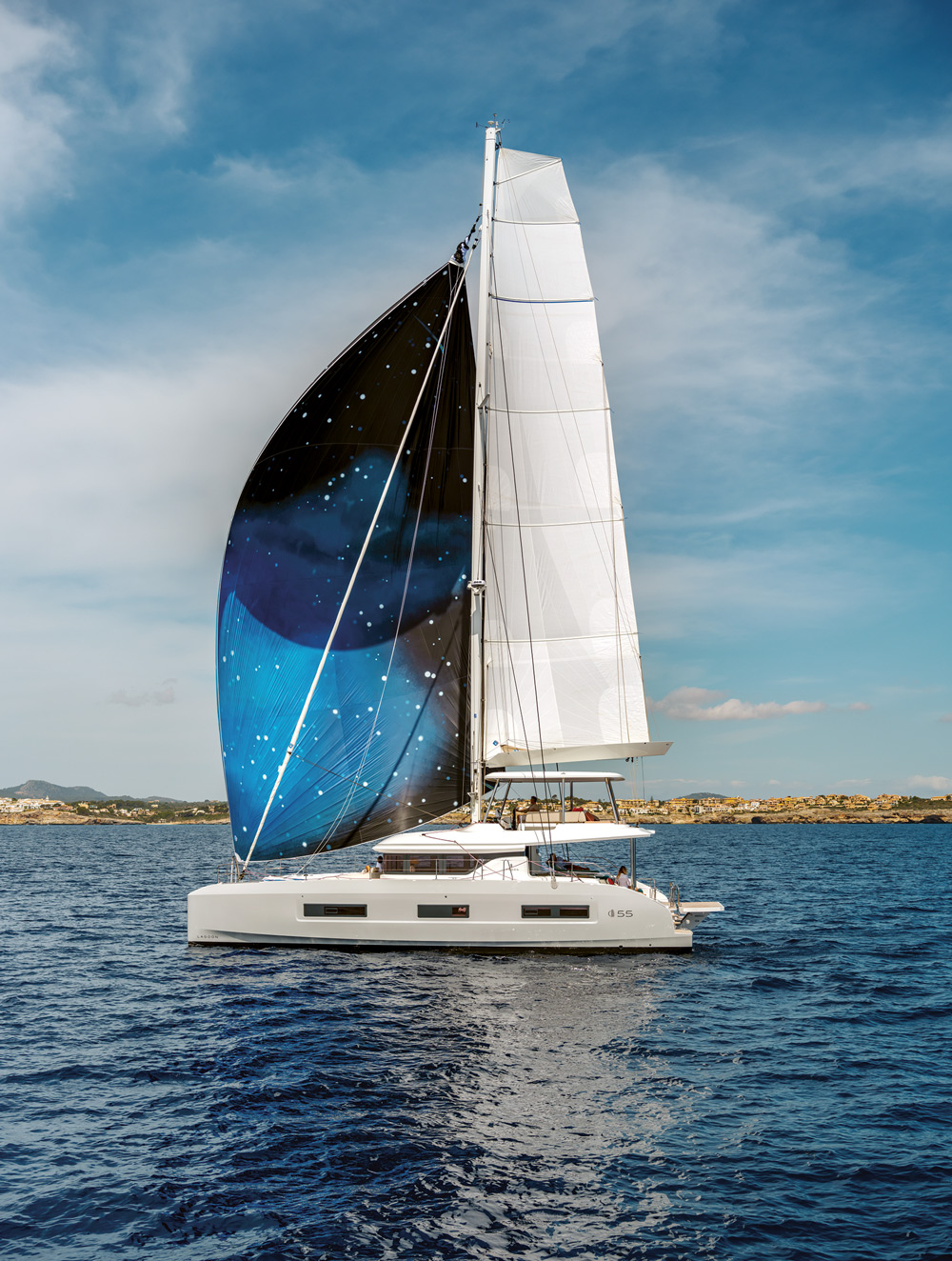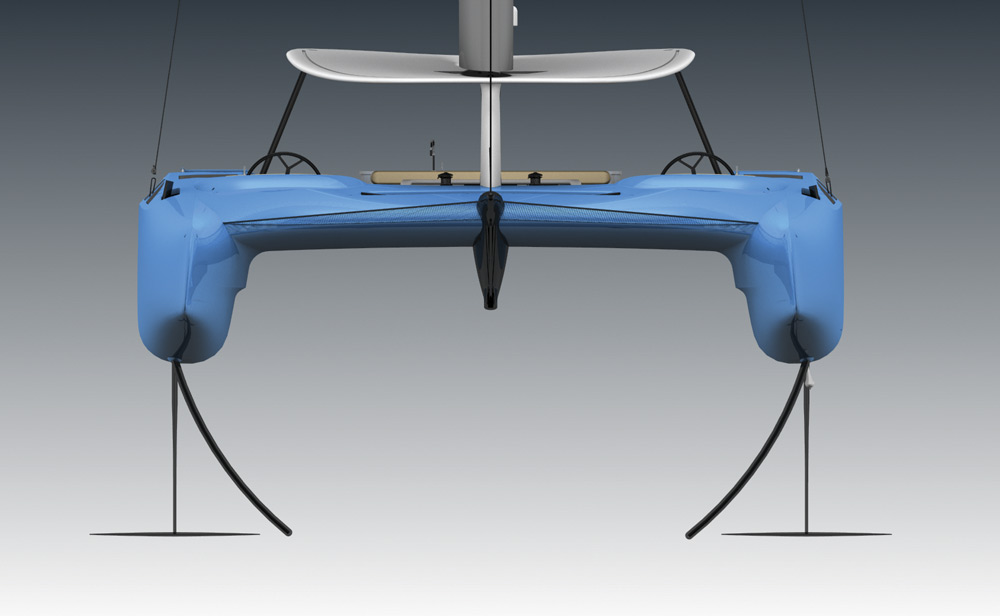The wide, wide world of multihulls
What to know before you take the plunge and purchase a boat with more than one hull
Smaller boats have several distinct advantages. Their reactive steerage translates to less maneuvering time. There’s no need to store provisions for multiple days since daysailing is more common than long passages. Pocket cruisers are slower than larger cruising boats so they don’t require huge sails or powerful engines for daysailing or pleasure cruising.
On the downside, the capacity of a small cruiser is reduced, the boat generally feeling more crowded and affording less privacy. It forces you to minimize, which means trimming back the creature comforts and cushy accommodations.
The biggest name in this category is Corsair, with its line of folding trimarans.
Offshore catamarans

The benefits of a cruising catamaran are many, including the stable platform since they rarely heel more than five degrees. As a result, the onboard environment is less tiring for passengers and crew. Drinks and food stay on the table. Sleeping is more comfortable. And performing tasks such as anchoring or reefing sails in snotty weather are less challenging because the deck isn’t as pitched as it might be on a monohull.
It has been noted that catamarans often prove safer than similarly-sized monohulls offshore. Reasons cited include the catamaran’s greater stability, speed and excess buoyancy due to lack of ballast.
Catamaran sailors note the boat’s parallel hulls create reliable stability, which in turn prevents heeling and capsizing while reducing the boat’s roll at rest and at trolling speeds. Such stability can reduce seasickness as well.
On the negative side, catamarans are affected by weight sensitivity so they can’t be loaded to the max with tons of equipment and provisions. They are usually more expensive than a similar-sized monohull. Fees for docking and boat storage are often higher for a multihull because they’re beamy and take up more space. They don’t sail efficiently upwind. Some catamaran sailors complain of a sloughing noise between the pontoons when under sail, which can disturb sleep.
Offshore catamarans are designed for stability, safety, and carrying heavy loads. They must be able to sail long distances, through storms, and at night. Unlike coastal cruisers, they are outfitted with more gear, including emergency beacons and high-technology navigation and communications devices.
Performance catamarans
Today there’s a strong trend to enjoy the thrill of a performance catamaran while simultaneously having plenty of creature comforts aboard, a best-of-both worlds mentality.
Performance catamarans and foiling boats are built for sailors looking for speed and an increase in heart rate. But the two types are otherwise difficult to compare.

Equally important, performance catamarans give sailors opportunity to do what they actually like — sail.
With the ability to sail downwind or on a reach in only 5 knots of wind, there’s little reason to run the engine.
Among the most important factors for a performance catamaran are its abundant length, long overhangs and ample distance between the two hulls. More weight adds displacement, which requires more power, hence the need for a longer boat. Length helps to increase speed while a wider space between the two hulls adds power.

Comments